While she was known as Princess Elizabeth at Buckingham Palace, during World War II the woman who later became Queen of England was known simply as No. 230873, an Auxiliary Territorial Service mechanic specializing in trucks.
Princess Elizabeth entered the war voluntarily in 1944, joining the women’s branch of the British Army, the aforementioned Auxiliary Territorial Service, or ATS. In joining the ATS, she became the first, and as of this writing, only female member of Britain’s royal family to participate in active duty. While there, she trained as a truck driver and mechanic, intent on doing her part for the war effort.
As shown by the Imperial War Museums, after she turned 18 Elizabeth joined the ATS, the Auxiliary Territorial Service, the British army's branch for women. www.youtube.com
When World War II initially broke out, Elizabeth was just a young teenager. At that time, however, only women between the ages of 20 and 30 could sign up to serve, and their duties were very separate from men–they were not allowed into combat, and at first served as “cooks, clerks, orderlies, storekeepers and drivers,” according to the National Army Museum in London. Later on, however, their duties included roles as “telephonists, car mechanics, drivers, despatch riders, mess orderlies, postal workers, ammunition inspectors and military police.” Members of the ATS could be drafted or they could enlist. When the age range for ATS increased as Elizabeth got older, however, she joined their ranks as soon as she was able—not long after turning 18. Initially her father, King George VI, didn’t want her to, the Imperial War Museum shares, but the choice ultimately became Elizabeth’s alone.
From British Pathé's War Archives, a view of Queen Elizabeth, then Princess, working during the war. www.youtube.com
Joining the ATS in 1945, Elizabeth “enrolled in a driving in vehicle maintenance course. Her classes included mechanics theory and map reading, and she learned how to service, maintain and drive heavy army vehicles,” as Kate Clements, a curator at the Imperial War Museum, shared in a video from the museum. Her presence drew press attention, of course, and “Princess Elizabeth, 2nd Subaltern, ATS” became known as “Princess Auto Mechanic.” According to a 1947 edition of the magazine Collier’s, it was work she loved and "one of her major joys was to get dirt under her nails and grease stains in her hands, and display these signs of labor to her friends.” She trained for five months, “promoted to Junior Commander, the equivalent of Captain,” according to the National WWII Museum in New Orleans, but the war came to an end before she saw field work outside of training.
As a Princess and later as Queen, Elizabeth’s interest in cars continued throughout her life. Indeed, she was seen many a time driving herself to various sporting events and activities around England in one of her beloved Land Rovers and was known at times for a love of speed. As Queen, she could even be a little bit naughty behind the wheel. One story goes that the Prince of Saudi Arabia visited her home at Balmoral and she took him for quite a spin, chatting all the way–doubly bold, since women were not yet allowed to drive in Saudi Arabia– making both the Prince and his interpreter very nervous.
Queen Elizabeth was also “the only person in the United Kingdom who was allowed to drive without a driver's license.” Well, a standard driver’s license, anyway–she received a license to drive military vehicles during World War II. It remained her only one, and even sold in a lot at auction for over $9K in 2022. While the Queen is typically noted for her corgis and her hats, there was always so much more to her than met the eye.












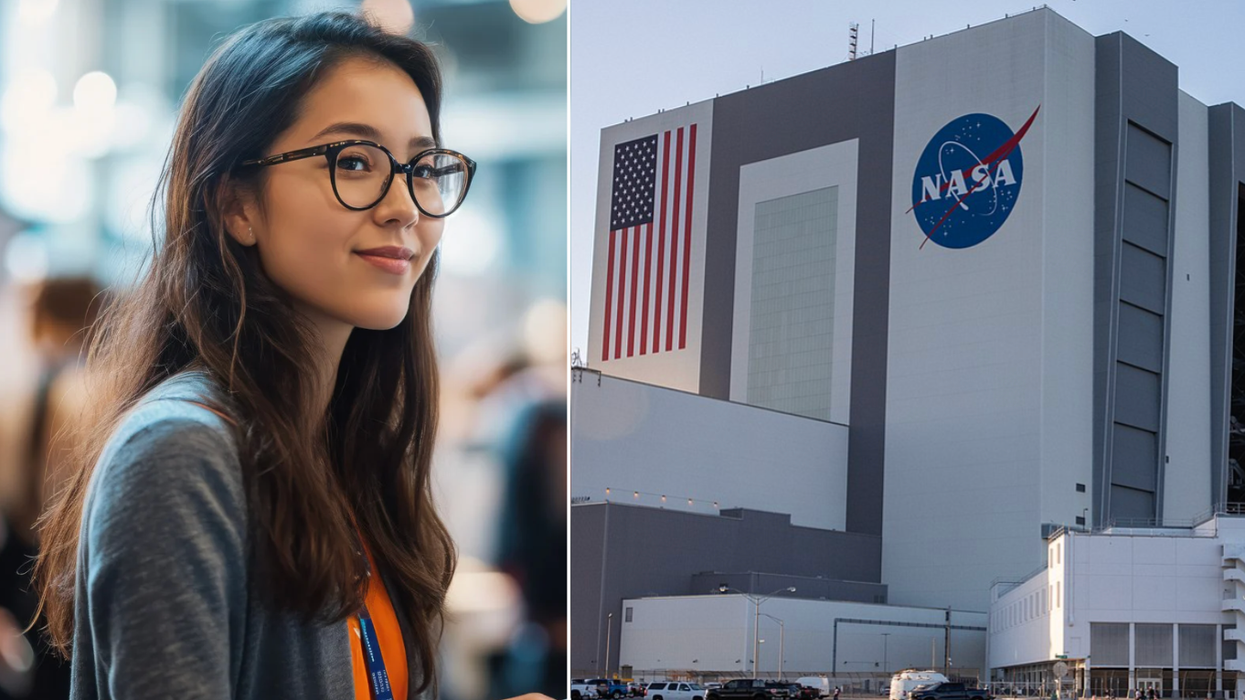





 Image frmo Scientific Reports of ancient artwork. Image Source:
Image frmo Scientific Reports of ancient artwork. Image Source:  Image frmo Scientific Reports of ancient artwork.Image Source:
Image frmo Scientific Reports of ancient artwork.Image Source: 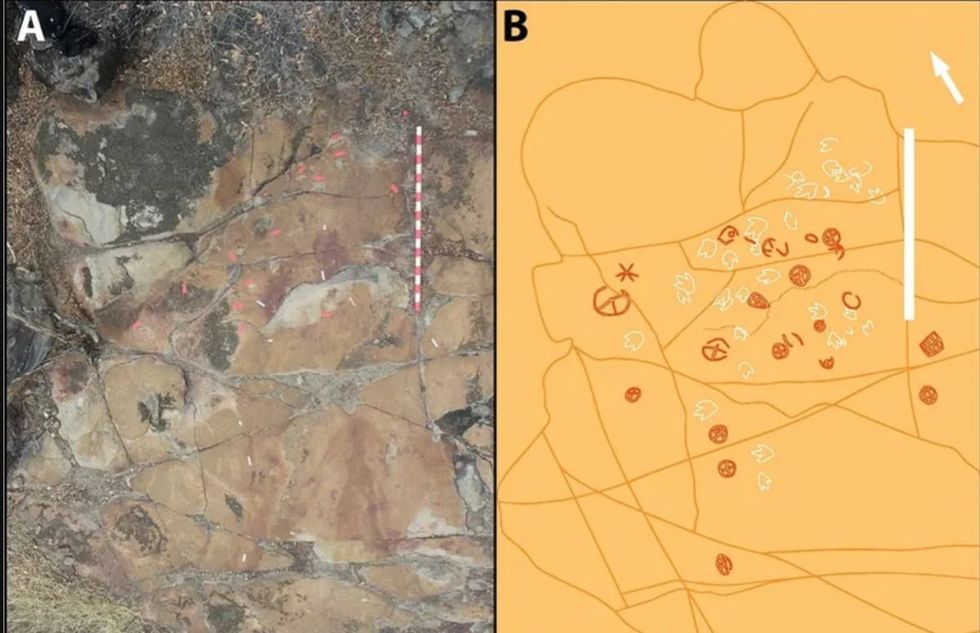 Image frmo Scientific Reports of ancient artwork.Image Source:
Image frmo Scientific Reports of ancient artwork.Image Source: 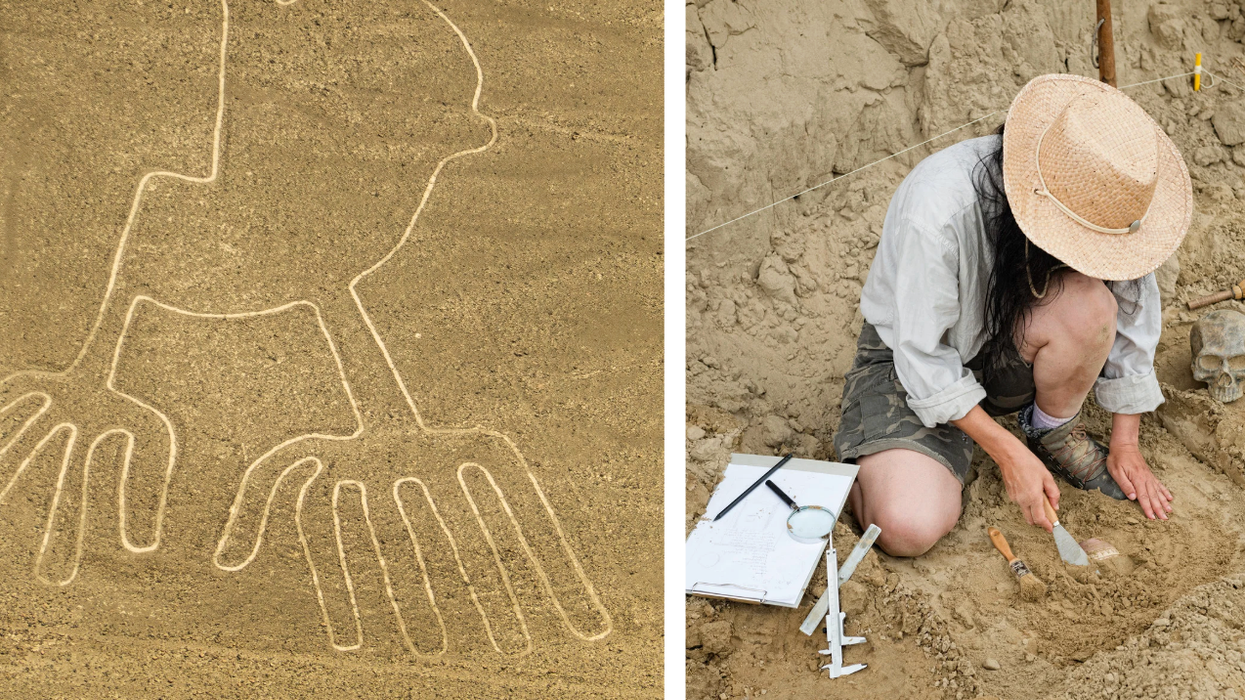

 It's difficult to imagine seeing a color and not having the word for it. Canva
It's difficult to imagine seeing a color and not having the word for it. Canva
 Sergei Krikalev in space.
Sergei Krikalev in space. 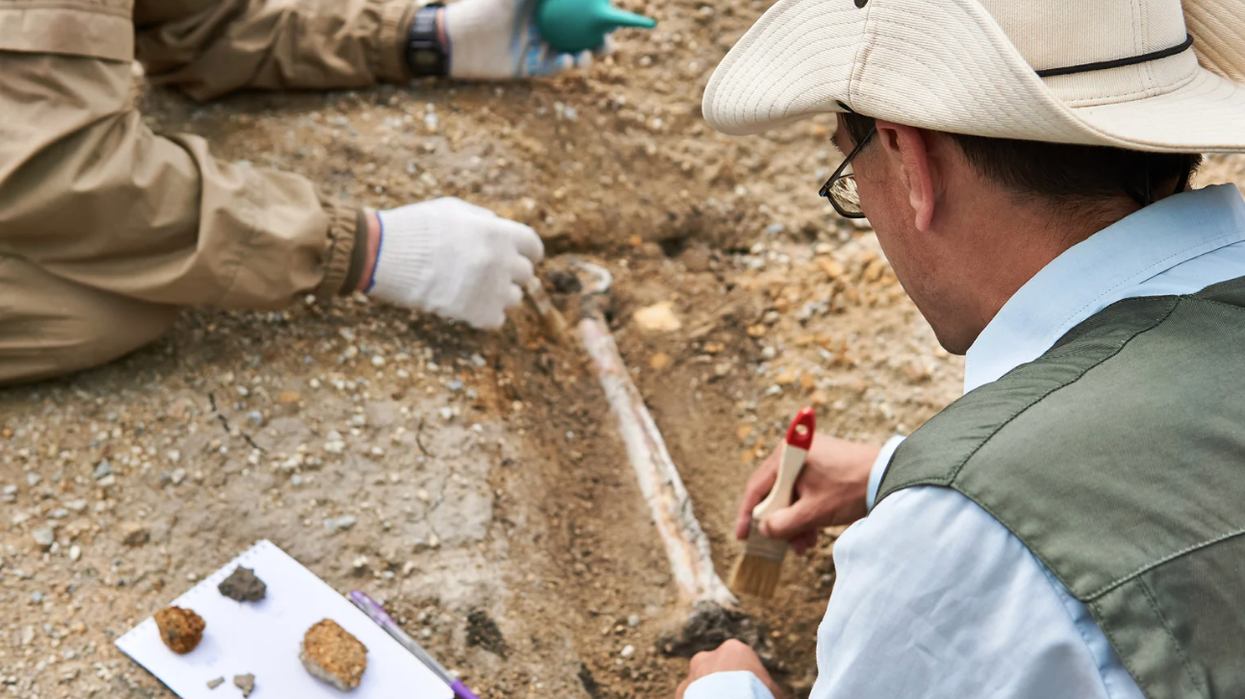

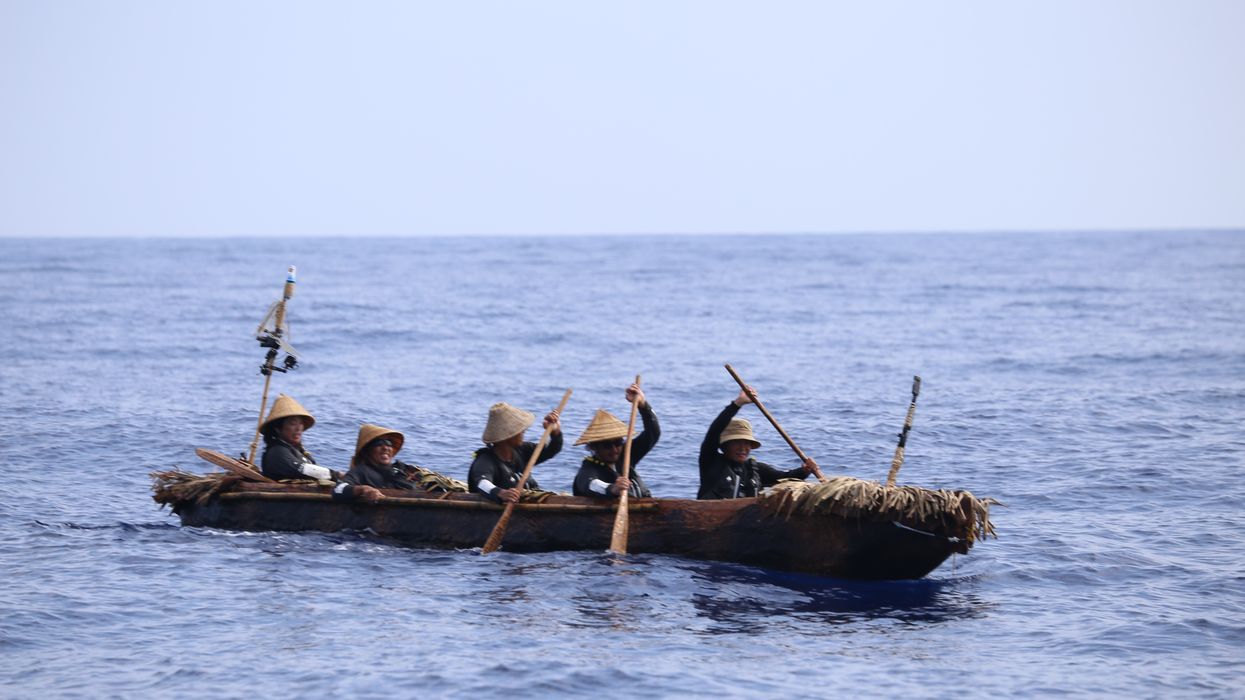
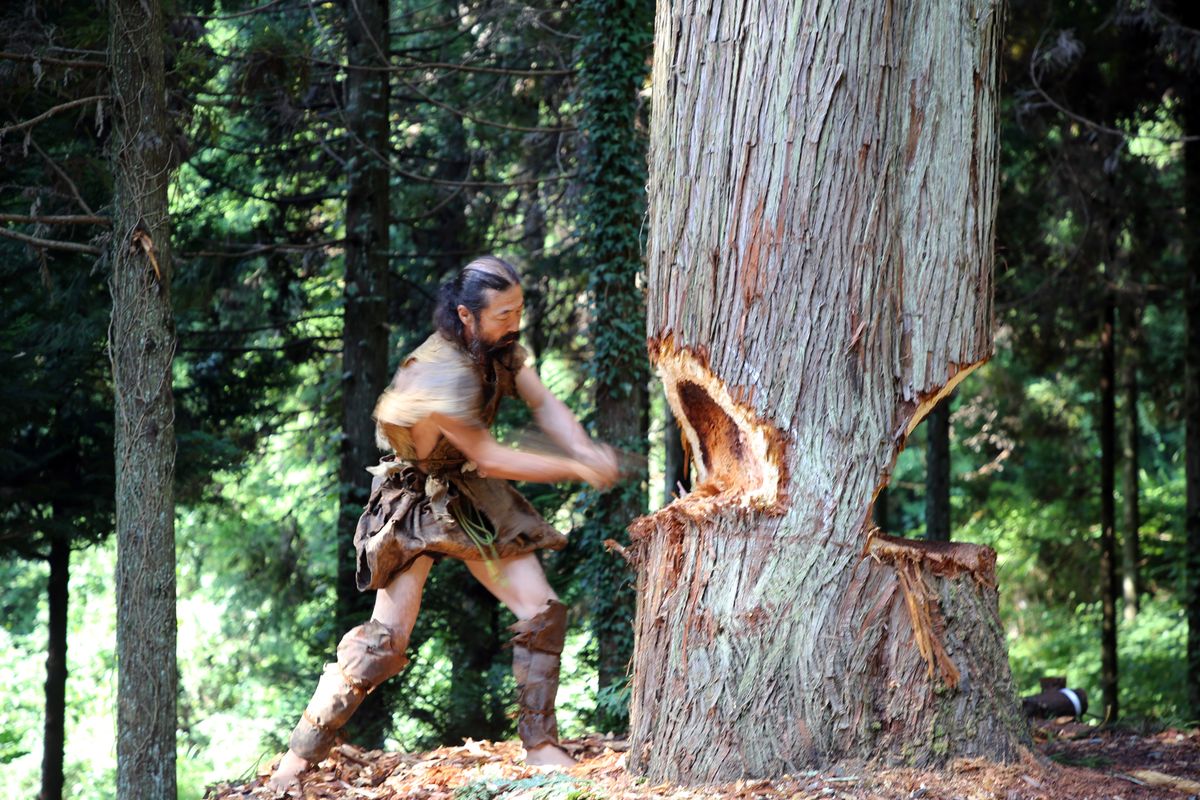 The team also crafted their canoe using ancient methods and Stone Age-style tools. National Museum of Nature and Science, Tokyo
The team also crafted their canoe using ancient methods and Stone Age-style tools. National Museum of Nature and Science, Tokyo The cedar dugout canoe crafted by the scientist team. National Museum of Nature and Science, Tokyo
The cedar dugout canoe crafted by the scientist team. National Museum of Nature and Science, Tokyo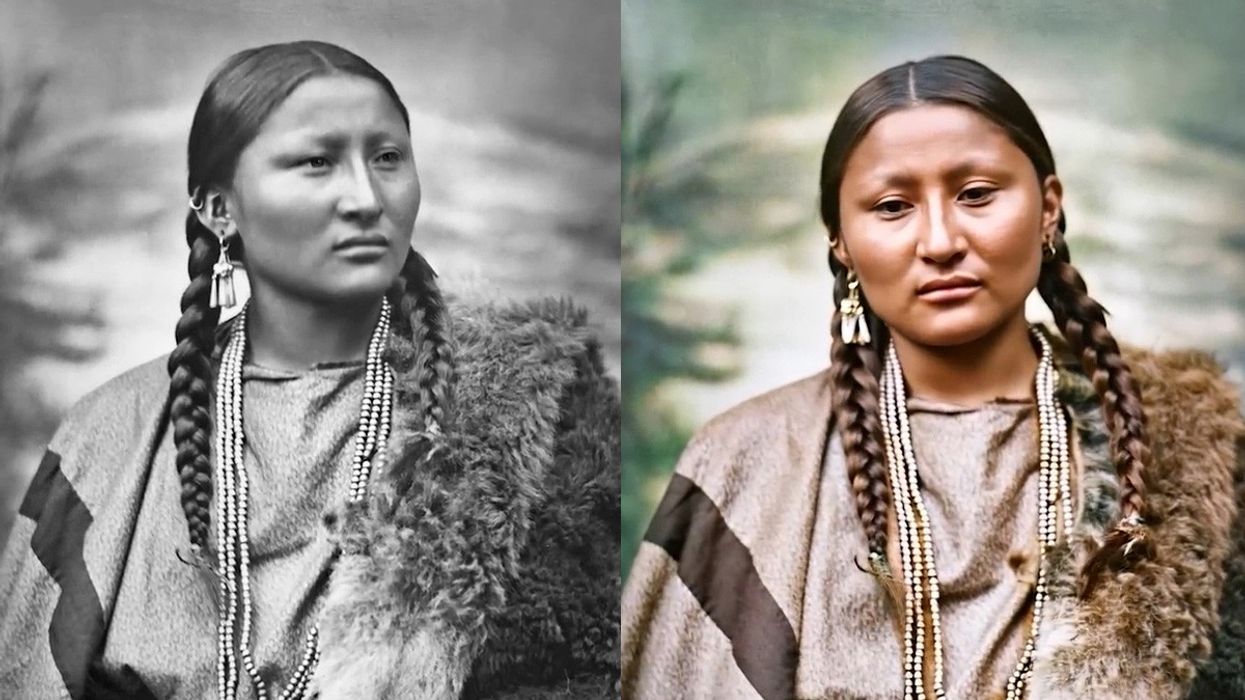
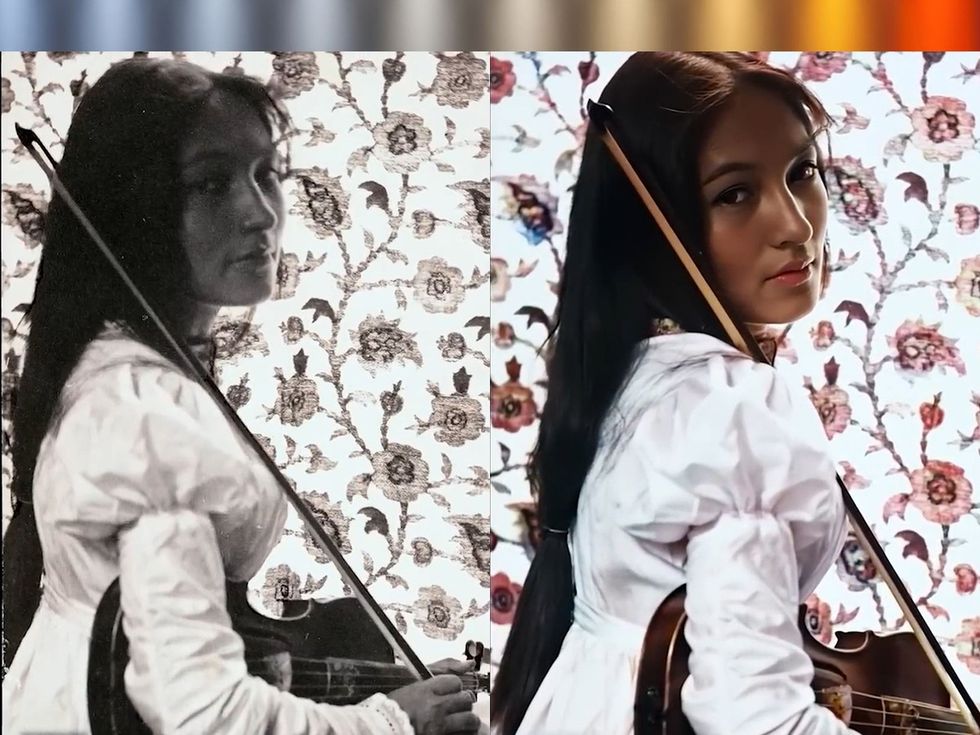 Zitkala-Ša with her violin in 1898 colorized and animated.Taken from YouTube video with image of kelvin temperature by Tiero from Canva.
Zitkala-Ša with her violin in 1898 colorized and animated.Taken from YouTube video with image of kelvin temperature by Tiero from Canva.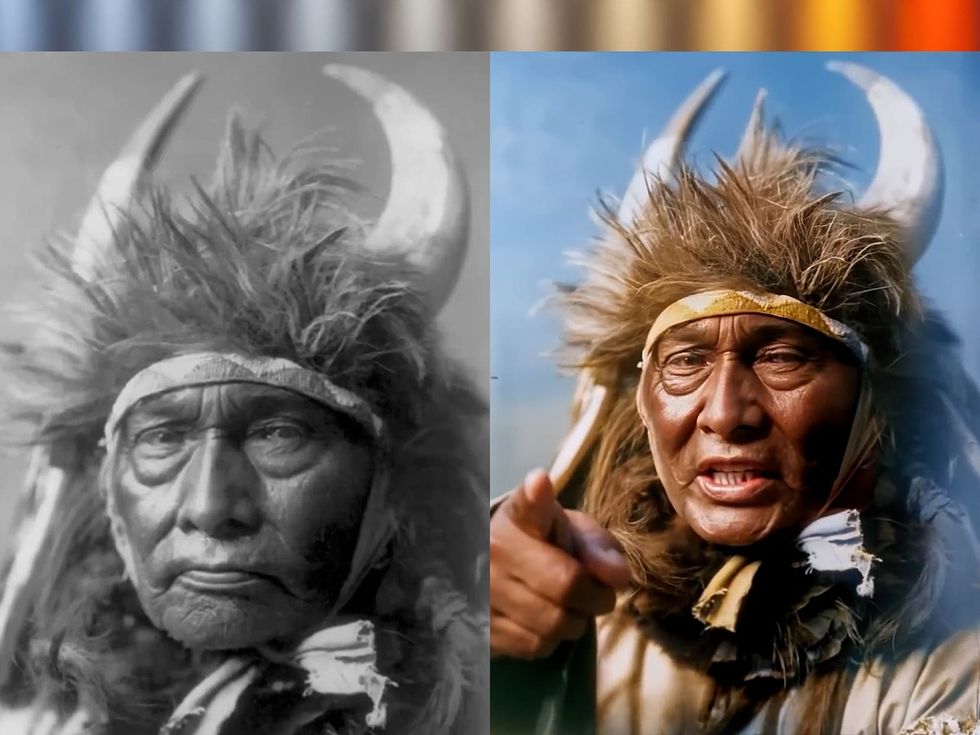 1908 photo of Bull - Chief of the Apsaroke tribe colorized and animated.Taken from YouTube video with image of kelvin temperature by Tiero from Canva.
1908 photo of Bull - Chief of the Apsaroke tribe colorized and animated.Taken from YouTube video with image of kelvin temperature by Tiero from Canva. Mosa original photo from 1903 with modern colorization and reanimation.Taken from YouTube video with image of kelvin temperature by Tiero from Canva.
Mosa original photo from 1903 with modern colorization and reanimation.Taken from YouTube video with image of kelvin temperature by Tiero from Canva.